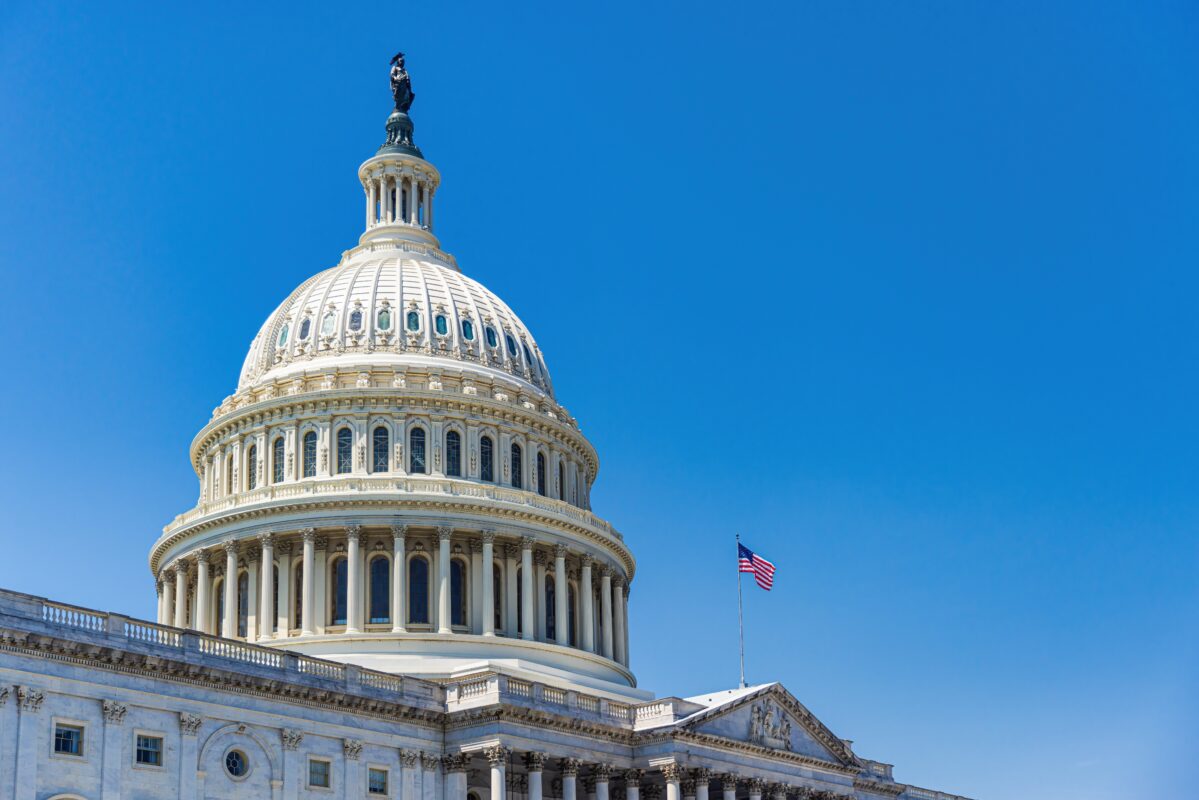Jacob Kirkegaard, sonic artist extraordinaire, hailed for his work inspired by natural phenomena and scientific explorations is making music out of the sounds your ears make. Originally trained at the Academy of Media Arts in Cologne, Germany, the Denmark-born artist has numerous critically acclaimed exhibitions and permanent installations under his belt. Starting with recordings of underground geysers or caving of glaciers or even empty rooms in Chernobyl, Kirkegaard has created musical pieces combining the natural acoustics with layers of artistic magic.
As part of his recent residency as the first Sound Artist at St. John’s College (University of Oxford), Kirkegaard used spontaneous otoacoustic emissions as inspiration for a composition he named Eustachia—for 20 voices. While at Oxford, Kirkegaard recorded spontaneous otoacoustic emissions (emissions recordable without any external stimulation) from individuals at the university. Each of these recordings would have contained at least one, but perhaps more than one, spontaneous emission at different frequencies. Kirkegaard analyzed, filtered, and then interpreted groups of these recordings to create a piece first performed by Aarhus Pigerkor in August 2017.
Apparently, the creative process was easy but the composer was worried that the human voice would not be able to hold a set of notes for a substantial period of time. Each performer was given a tuning device to use as a point of reference during the performance. It worked beautifully. You can hear an excerpt and even watch a brief video of Aarhus Pigerkor rehearsing.
It is rather sobering to think that the ear holds the notes of a spontaneous emission for decades when trained performers fear to do the same for a minute or two. Cheers for our amazing ears.
Recent Posts
Congress Introduces Legislation to Protect Audiology Students’ Access to Federal Loans
New bipartisan legislation (H.R. 6718) introduced in the U.S. House of Representatives would restore audiology to the federal definition of a professional degree under the…
Academy Presents Inaugural AAA National Health Leadership Award to Representative Bilirakis
Today, Patrick Gallagher, Executive Director of the American Academy of Audiology, presented the inaugural AAA National Hearing Health Leadership Award to Representative Gus Bilirakis (R-FL)…
2026 Academy Honors and Awards Recipients
Every year, the Academy asks colleagues, friends, and mentees to look around their professional circles and identify members who are deserving of recognition for outstanding…


